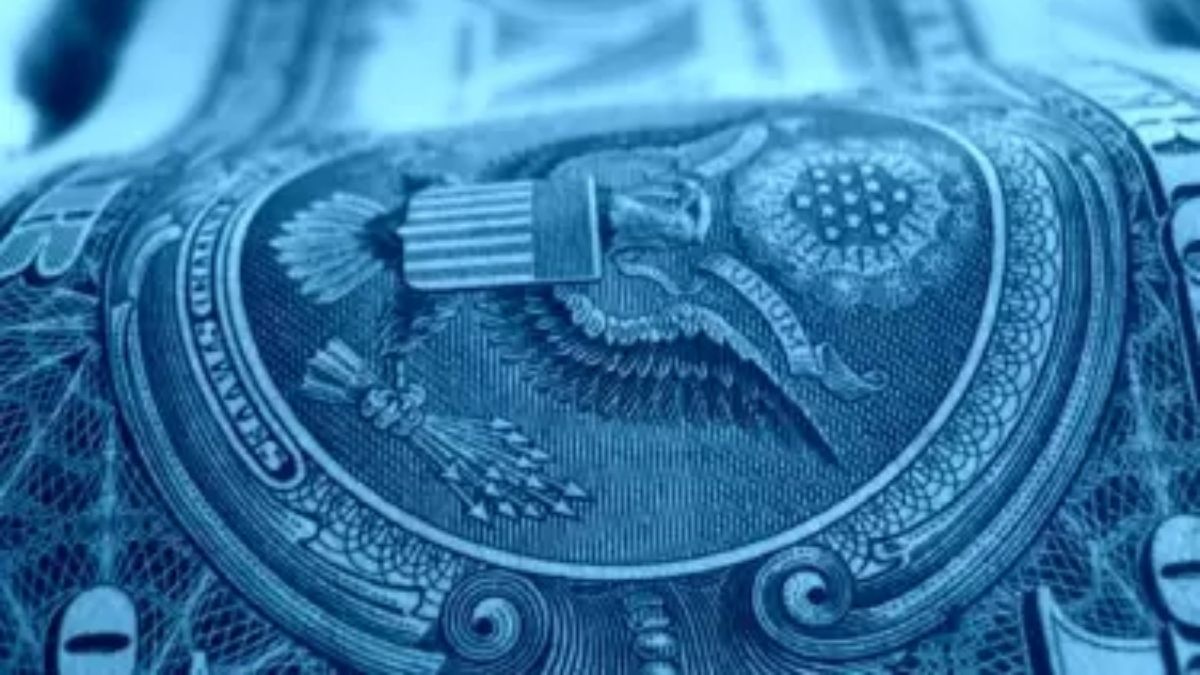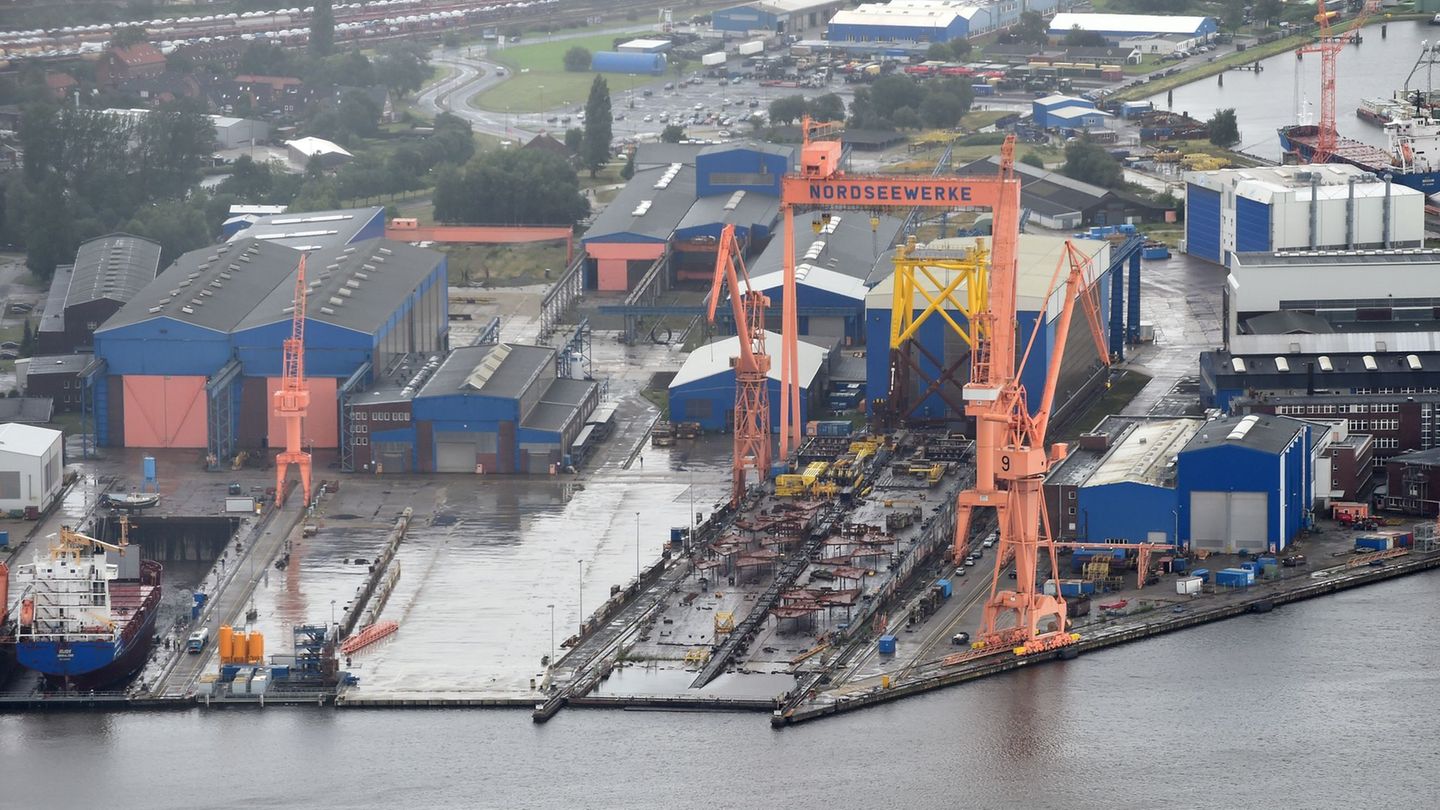Investors who kept blue dollars at $195 in October 2020 did a lousy deal because if they had chosen to set up a fixed-term certificate of deposit, today they would have converted their $195 dollars into $308 dollars.
Neither did what an economist described for TN on June 25, 2021, who thought of a parity as if we were in convertibility and gave him $2,000. Another PRO economist predicted a post-election dollar: October/November at $400.
With respect to the world context, the FED is going to raise the reference rate and, that makes the dollar go up all over the world. The central banks have been very lax, we are in the presence of an unsustainable, exceptionally expansive monetary policy, we are moving towards a normalization of monetary policy in the main central banks of the world.
In (international) political terms, we are negotiating with the IMF on the limit of a due date and some journalists speculate or wish to “not pay the IMF”, as if it were the best option. There is a utopian journalism that dreams of “not paying” now, the 731 million next Friday that would total about 1,100 million with interest in February. Negotiating a bad agreement is better than “jumping into the void”, although in addition, Georgieva’s invitation to restructure long-term debts because it is time, constitutes a whole definition. In the private sector there can be simultaneous explosions in different sectors, without a roll over of debts.
The gross reserves of the BCRA are between USD 39,000 million and USD 40,000 million, the net ones are very low. The previous government left USD 9 billion (RIN) before the pandemic, and an important deceased in the closet 2020-2023. Only to the IMF we have already paid US$5 billion between 2021, since then; there was a pandemic in 2020, 2021 and 2022. For this column and for many colleagues, the BCRA’s reserves are all, to take into account at times of speculative attacks.
Although the net international reserves (RIN), represent the amount of reserve assets held by the BCRA, less short-term external liabilities (those that mature in less than a year), let us explain that no company has in the safe, on January 1st, all the liquid money you need throughout the year, until December 31st. But attention; If “the money changers that Jesus kicked out of the temple” flee from the peso and don’t release dollars, the blue gets complicated. Although the “blue” has nothing to do with domestic prices, there will always be speculators who increase “just in case”.
Regarding the negotiation with the IMF, my experience in the private sector, with more than 40 renegotiated debt packages, tells me that the chosen strategy is to negotiate “to the limit”. Demarcation of time, goals of dignity and, with a meticulous sense of sanity.
Since both parties (Entity and Country) are responsible for the disaster, you have to find a point of agreement. Remember that for the IMF there is no Macri or Fernández, there is Argentina. And, for Argentina, there is no Lagarde (bad) and Georgieva (good). We leave that for narration. But it is true that no bank can provide for 60% of its credit portfolio without going bankrupt. And that would happen to the IMF, before the member countries come out to put their chests to the tragedy.
This does not prevent the “destabilization club” from gathering all this data, feeding it into a brain blender and, with 10 or 15 million dollars a day, in a small market, fueling it with belligerent publications. Perhaps they will try to trigger the famous “blue”, if the investors in fixed term are impressed and emigrate their pesos from the bank to the cave, at the expiration of their “fixed term”. The Government must take its precautions.
Professor of Postgraduate UBA and Masters in private universities. Master in International Economic Policy, Doctor in Political Science, author of 6 books. @PabloTigani
Source From: Ambito




